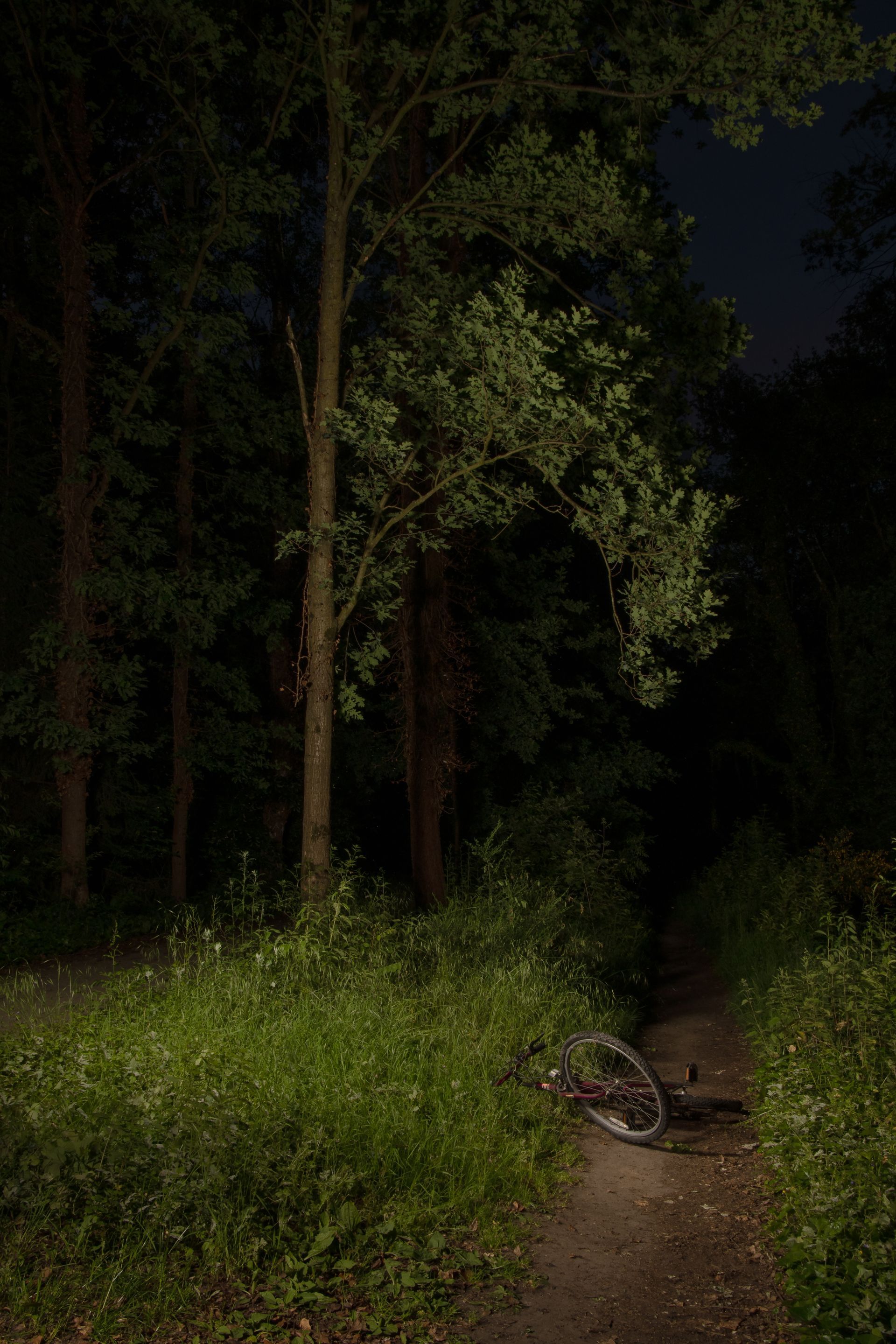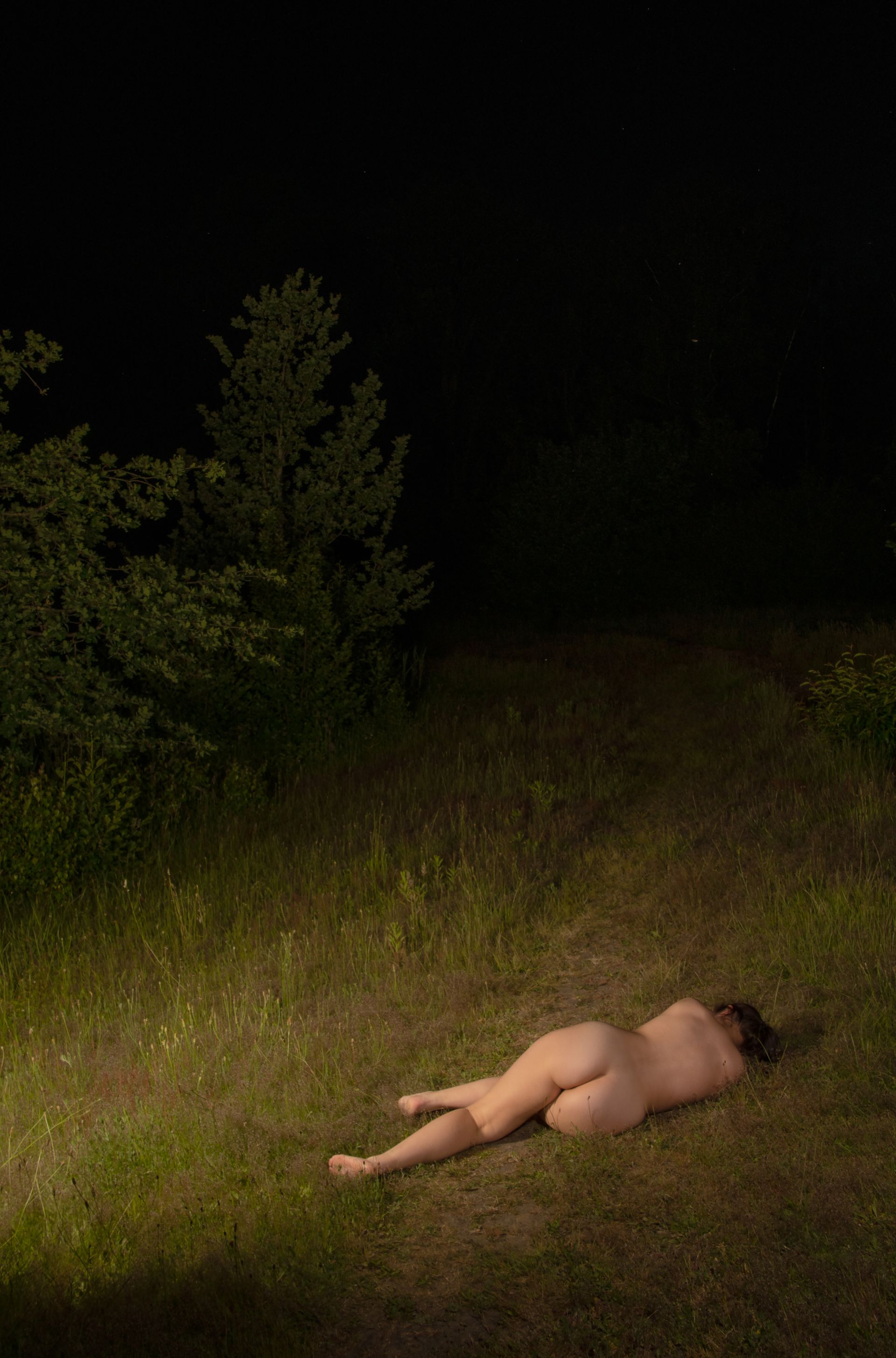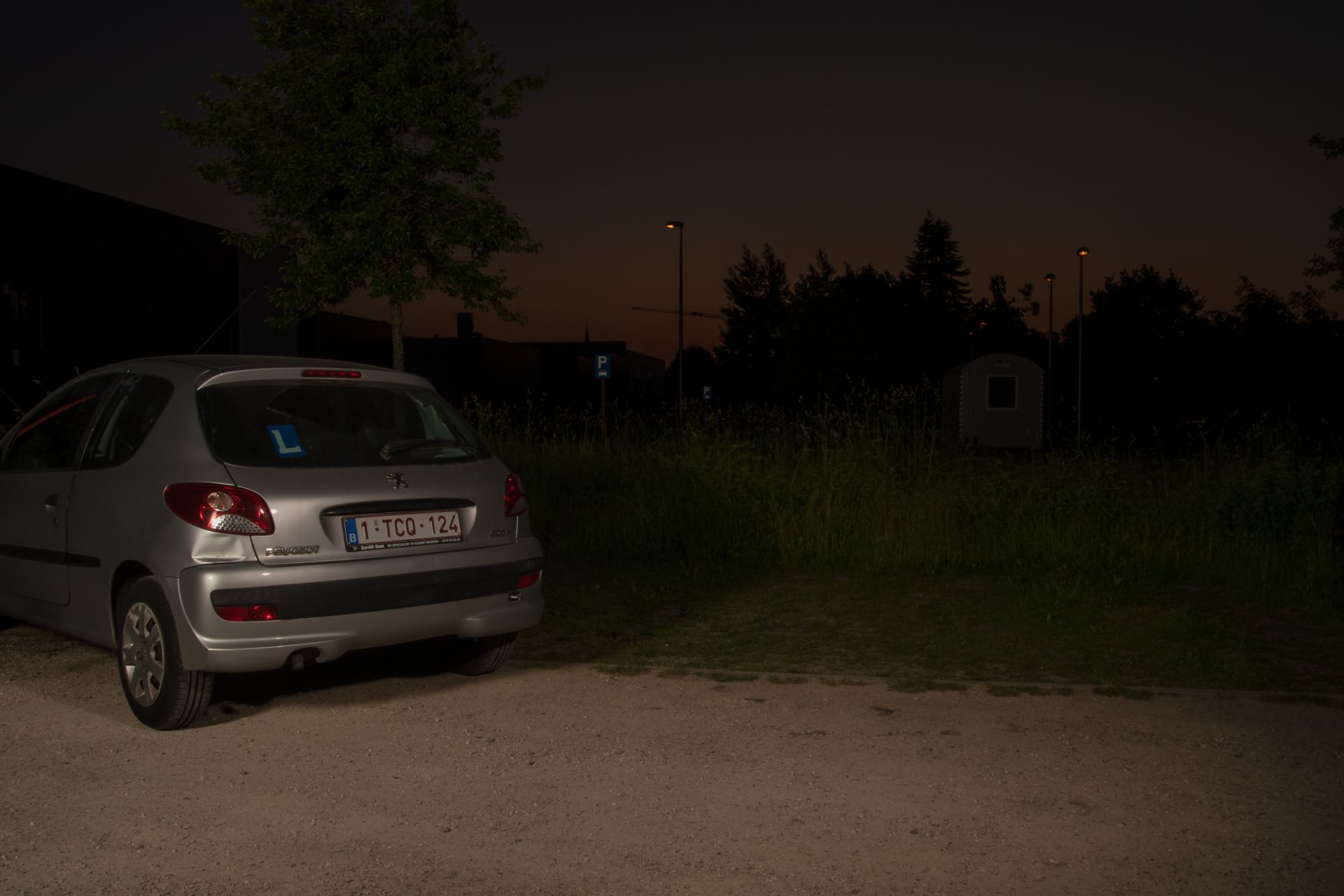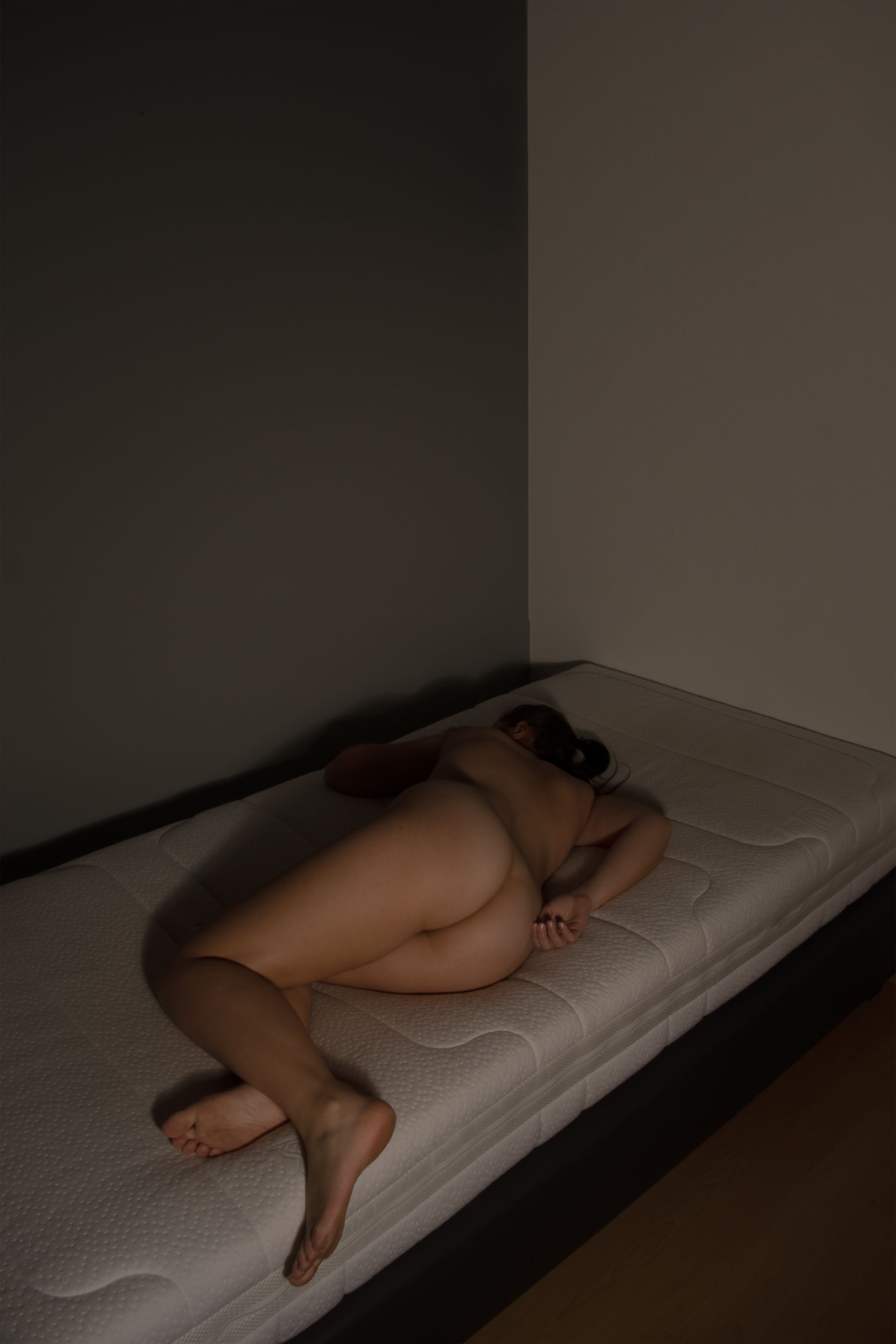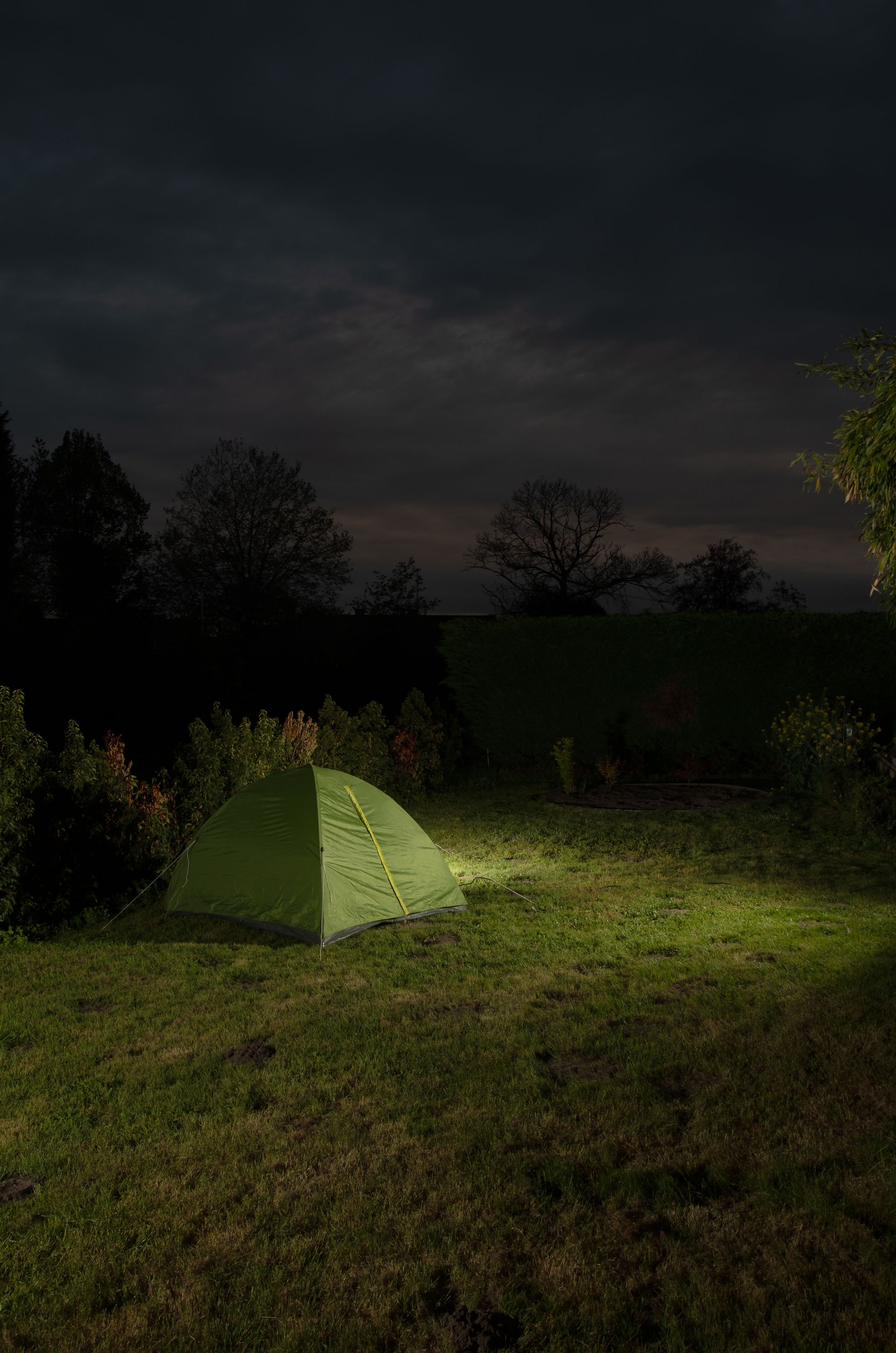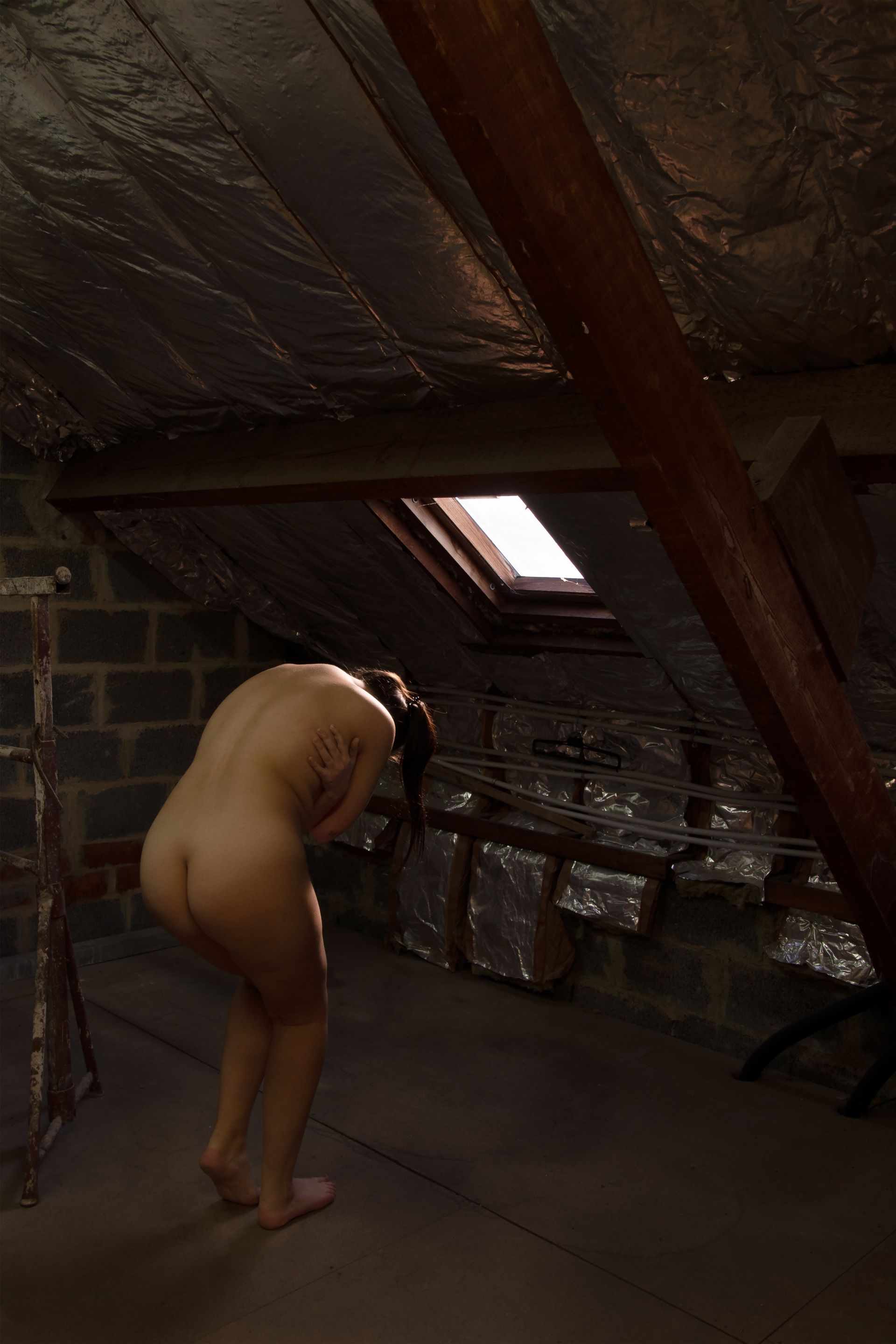76.229
In "76,229" Sophie Gilkens explores themes around transgressive behavior and bodily integrity.
76,229 is the number of people who experienced a crime against their bodily integrity in 2021. This number is not just about rape or sexual assault, it is about the violation of the inviolability of the body, the violation of a person. This number is the complete collected data from 2021 reported to the police. While this is a clear figure, it remains superficial because many people do not report, due to fear, abuse of power and so many other reasons.
Gilkens creates a narrative based on her own images, interviews, sound recordings, collected texts, articles and polaroids. From a personal experience within the theme, this research was born. With her work, she wants to show vulnerability, make the theme negotiable and break the taboo.
By means of photography, videography and a research publication, she takes the audience into the reality.
- Video installation
Within Sophie Gilkens' research, she found statistics from the federal police (Belgium) where one can find out how many people each year have experienced a crime against bodily integrity.
She focused on the most recent and complete number, that was 76,229 from the year 2021. From these facts comes the title "76,229".
She has created a video installation where she keeps adding up from 0 to 76,229 with 1 click of a button. There is also a recurring sound after each 100 count to aurally demonstrate the large number of people in which their inviolability of the body was violated.
At the end of the video it does not stop with the number 76,229, a new layer of numbers appears counting up again to show that these facts do not stop. It keeps going, forever.
- Book
Her research publication: the different types of research in a book form.
- Headphones
Here are the audio clips. Gilkens met with several individuals who wished to share their experience verbally; she gave them the assurance of anonymity, as they liked, and complete freedom to tell the story in their own way where some spoke in more detail than others.
- Polaroids
She then proceeded to convert the audio clips into Polaroid snapshots containing short texts spoken by the individuals. To visually enhance the stories so the viewer could watch while listening.
- Performance videos
There are also two videos where a particular walk was filmed. One video is about the unsafe feeling someone may experience during a night walk and the other is about the exact walk to the point where someone was grabbed. Sophie Gilkens walked these routes as a performance to experience the uncomfortable feeling of these types of walks.
- Photos
Gilkens brings the images forward in a cinematic way where she focuses not only on dissecting the event but also on a forensic view where the pain and terror is transformed into a staged image.
Next to each image hangs a companion text written by the people themselves, the texts range from poems to emotions about the experience to a literal description of the event. These texts were written on newspaper articles Gilkens collected that relate to the themes of the project.
- 'Ransel'
To physically represent bodily inviolability in the exhibition, Sophie Gilkens has created a 'ransel' or, more simply put, a 'body'. The 'ransel' consists of 4 beanbags covered with latex in different skin colors, Gilkens chose latex because this fabric is often linked to skin through its texture. The different colors represent the inclusiveness of all people and all types of stories, not just rapes or physical events but simply all behaviors that deviate from cultural norms.
What exactly was the intention? Gilkens invited viewers to settle down, at ease, in a comfortable beanbag but because of the texture that touched their skin, they experienced an uncomfortable feeling, the way an unwanted touch feels.
